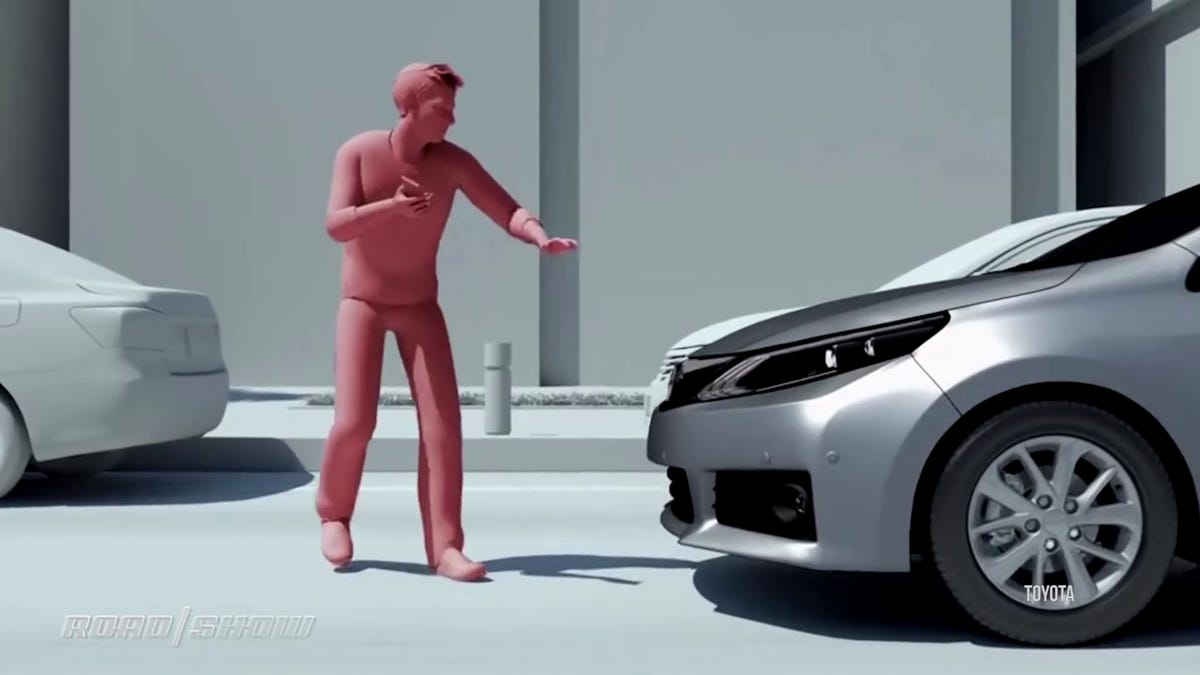New IIHS crash tests give stars for saving pedestrians
Kia, Honda and Mercedes are top safety picks, but how will they do at protecting pedestrians?

The new ratings for IIHS Top Safety Pick cars will soon include how well the car avoids hitting pedestrians, a reflection of advances in technology and a retreat in pedestrian safety.
The new safety tests that start in 2020 will simulate three common pedestrian accident situations:
- An adult crossing the road as cars approach at both 12 and 25 mph
- A child popping out from between parked cars, again with cars coming at 12 and 25 mph
- An adult walking along the right hand side of the road as cars come up at 25 and 37 mph
New IIHS pedestrian collision ratings arrive at a time of increased pedestrian fatalities, believed to be partly caused by the profusion of high-fronted SUVs that impact chests and heads more than just legs.
Points are awarded based on how well the car detected the pedestrian and slowed, and for how well it alerted the driver -- we aren't in the fully autonomous world yet.
This new battery of tests is being added now for three reasons:
1. The number of pedestrians killed by cars in the US spiked over 45% from 2009 to 2017, a much higher rate than the 10% increase in overall auto fatalities during the same period. Reasons often cited include
phones
distracting drivers and pedestrians, a profusion of
SUVs
with taller front ends that impact pedestrian heads and chests, not just legs, and pedestrians being drunk in a third of the cases.
Pedestrian fatalities are up around 45% since 2009 and have grown from 12% of all car accident fatalities to 16%. That sounds alarm bells.
2. Affordable, mainstream cars like the 2019 Hyundai Santa Fe offer the tech to do something about pedestrian impacts, including forward sensors and automatic emergency braking systems. Forty countries have agreed to require automatic emergency braking on new cars as of 2020, though the US has not signed on to that pledge.
3. Avoidance technology has been around long enough for insurance industry data to confirm that cars with it are involved in about a third fewer pedestrian collision claims. And never lose sight of the fact that IIHS star ratings, and the showroom appeal they create, are as much a way to force carmakers to build vehicles that result in fewer claims, as they are a service to help you buy a safe car.
The new tests will be added to Top Safety Pick criteria in 2020, but a few vehicles have already been subjected to them, with the highest scores going to the Subaru Forester, Honda CR-V, Toyota RAV4 and the Volvo XC40.
Technologies like Subaru's highly regarded Eyesight camera system are driving collision avoidance deep into the affordable car category.
The technologies that are achieving those scores today will seem quaint compared to what's coming: Lidar that not only sees pedestrians but predicts their next move is under development, and 5G-powered V2X connectivity may turn every pedestrian's phone into a beacon that warns nearby cars of their proximity and giving automatic braking another input to help it do its job.

